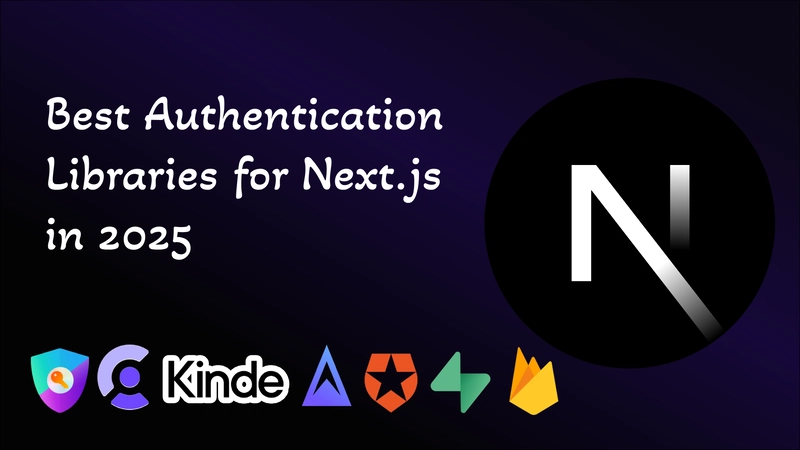
Adding authentication to your Next.js app is easier than ever — but picking the right tool depends on your project needs.
Here’s a hand-picked list of the top authentication libraries for Next.js, what they do best, and when to use them 👇
1. NextAuth.js 🌟
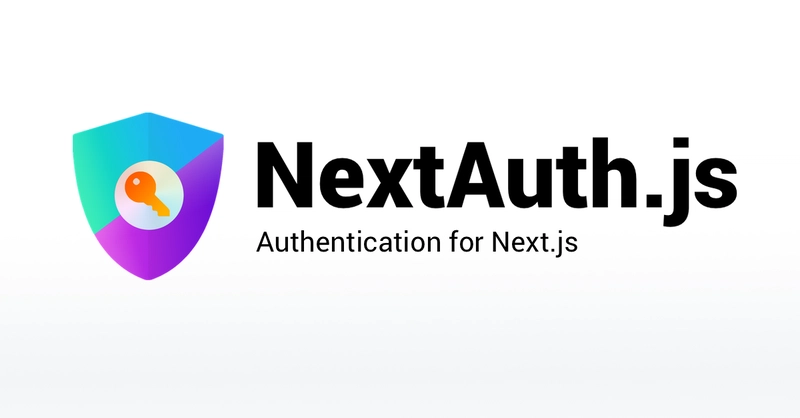
Why Use It: Built specifically for Next.js, NextAuth.js is flexible, secure, and developer-friendly.
Best For: Full control, SSR support, and seamless integration with Next.js.
Key Features:
- Supports OAuth, magic links, email/password, and more.
- Easy to integrate with databases or go database-less.
- Type-safe with great TypeScript support.
- Built-in CSRF protection, JWT, and cookie handling.
2. Kinde 🚀

Why Use It: A modern auth platform made for startups, with user management and feature flags built-in.
Best For: SaaS startups needing rapid auth integration and growth tools.
Key Features:
- Hosted login UI and social providers.
- Team management and RBAC out of the box.
- Built-in audit logs, feature flags, and organizations.
- Next.js SDK for easy setup.
3. Clerk 👥
Why Use It: Offers beautifully designed pre-built auth UIs, making user management effortless.
Best For: Teams who want fast setup and great UX with less backend handling.
Key Features:
- Drop-in React components for sign in, sign up, and user profile.
- Social login, magic links, and MFA.
- Session revocation, audit logs, and built-in analytics.
- Works perfectly with App Router.
4. Lucia Auth 🧩
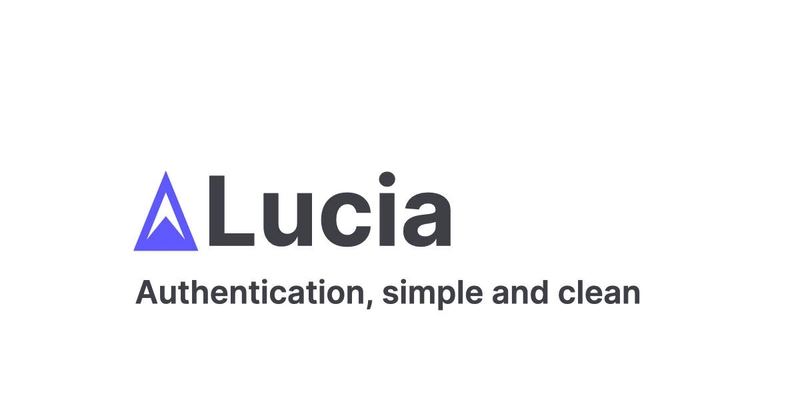
Why Use It: A lightweight library that gives you full control over the auth flow — minimal, fast, and flexible.
Best For: Developers who want custom workflows and don’t mind managing more manually.
Key Features:
- Simple session and token management.
- Works with any adapter (PostgreSQL, SQLite, etc.).
- Full TypeScript support and built-in password handling.
5. Auth0 🛡

Why Use It: Enterprise-grade authentication with tons of integrations and rock-solid security.
Best For: Large-scale apps that need enterprise compliance, scalability, and SSO.
Key Features:
- Hosted login and MFA support.
- Works well with Next.js middleware and Edge Functions.
- Great docs and ecosystem for teams.
6. Supabase Auth 🧪
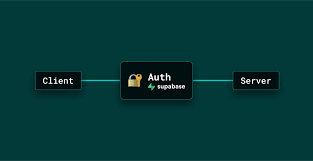
Why Use It: If you’re already using Supabase as a backend, the built-in auth is a no-brainer.
Best For: Full-stack apps powered by Supabase with a simple but powerful auth layer.
Key Features:
- Social login, OTP, magic links, and email/password.
- Managed sessions, RLS support, and serverless functions.
- Deep integration with PostgreSQL and real-time features.
7. Firebase Authentication 🔥
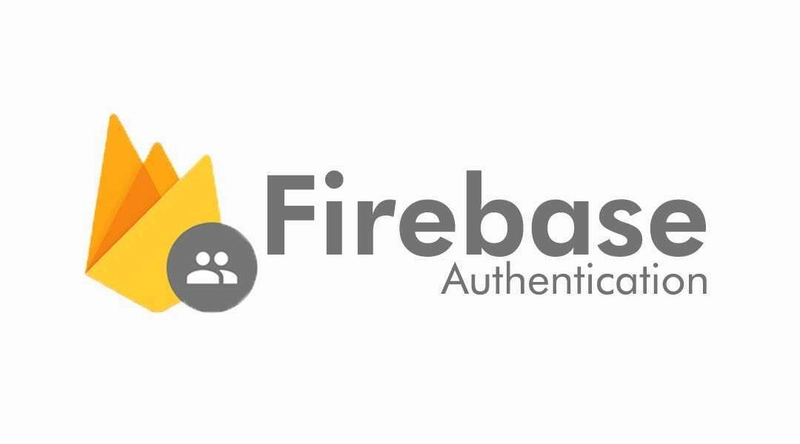
Why Use It: One of the most beginner-friendly auth systems with mobile and web support.
Best For: Small apps, MVPs, or when using Firebase as the backend.
Key Features:
- Easy social login and anonymous auth.
- Syncs across web and native apps.
- Tight integration with Firestore and other Firebase tools.
✅ So, Which One Should You Choose?
| Use Case | Best Option |
|---|---|
| Maximum flexibility and SSR | NextAuth.js |
| Beautiful UI and quick setup | Clerk |
| Lightweight & minimal control | Lucia Auth |
| Enterprise-grade security | Auth0 |
| Startup-focused with growth tools | Kinde |
| If using Supabase backend | Supabase Auth |
| For MVPs or Firebase stack | Firebase Auth |
💡 Want to take your Next.js app even further?
Check out: Top 20 Performance Monitoring Tools for Next.js
Made with ❤️ for modern front-end developers.
I hope this was helpful, and I’d be happy to connect and follow each other!



Top comments (0)